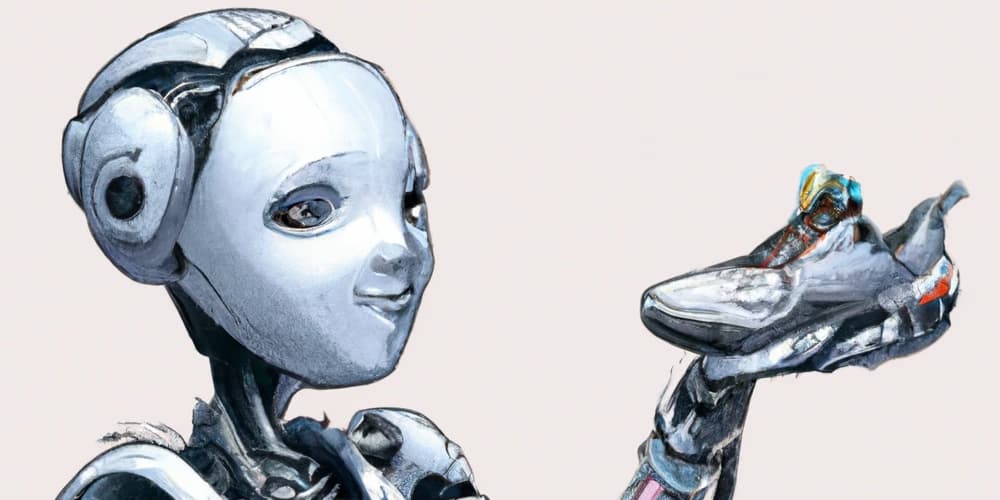Image generation AI tool DALL-E 2 was only announced in April 2022, but it’s already being commercialized to disrupt product design.
Fashion startup CALA just announced it is integrating generative AI tool DALL-E 2 into its product to enable AI-powered product design.
Using DALL-E 2 as part of CALA’s platform, customers can generate product designs from scratch based on text prompts.
Just select a clothing type (say, a hoodie), describe it in natural language (“dark and delicate velvet” with “sewn logo patches,” is offered by VentureBeat as an example), and CALA/DALL-E 2 will produce multiple product designs that match your description in seconds.
This is an early, significant example of how generative AI is reshaping how marketing, sales, and product functions work—and how fast generative AI like DALL-E 2 is having widespread commercial impact.
Why It Matters
In Episode 22 of the Marketing AI Show, Marketing AI Institute founder/CEO Paul Roetzer and I discussed how AI is going to impact product design—and much, much more.
- Expect DALL-E 2 and similar tools to invade any job that uses design. Product design is just the beginning. Generative AI tools like DALL-E 2 are going to affect every area of value creation that relies on design, says Roetzer. That doesn’t just include graphic designers and artists. It includes anyone who uses imagery to create value, like architects, landscapers, etc. “This is going to affect everything.”
- The disruption will be domain-specific. Right now, image generation AI relies on general models that can produce a multitude of image types across all domains. However, the real disruption will come when these models start to get applied to specific industries, says Roetzer. “If you take [a model] and tune it to a specific industry or use case like apparel design or product design, it would seem to me that the possibilities are almost infinite,” he says.
- And the professionals who take the time to figure this out will create massive value. Tools like DALL-E 2 are going to have a major impact on jobs that use design. “It’s possible that a lot of work [knowledge workers] do in the future is actually training and tuning the models that intelligently automate what they used to do,” says Roetzer. The pros who figure out how to adapt now will create massive value as they unlock new capabilities and business models in their fields. The ones who don’t will get left behind.
What to Do About It
- Read more about how CALA is using DALL-E 2 for product design here.
- Learn more about DALL-E 2 and what it can do for you.
- Discover the AI opportunity in your career and industry by taking our free Intro to AI for Marketers live class.
PS — You can hear the whole conversation about this topic and more cutting-edge AI news in Episode 22 of the Marketing AI Show, out now.
Mike Kaput
Mike Kaput is the Chief Content Officer at SmarterX and a leading voice on the application of AI in business. He is the co-author of Marketing Artificial Intelligence and co-host of The Artificial Intelligence Show podcast.


